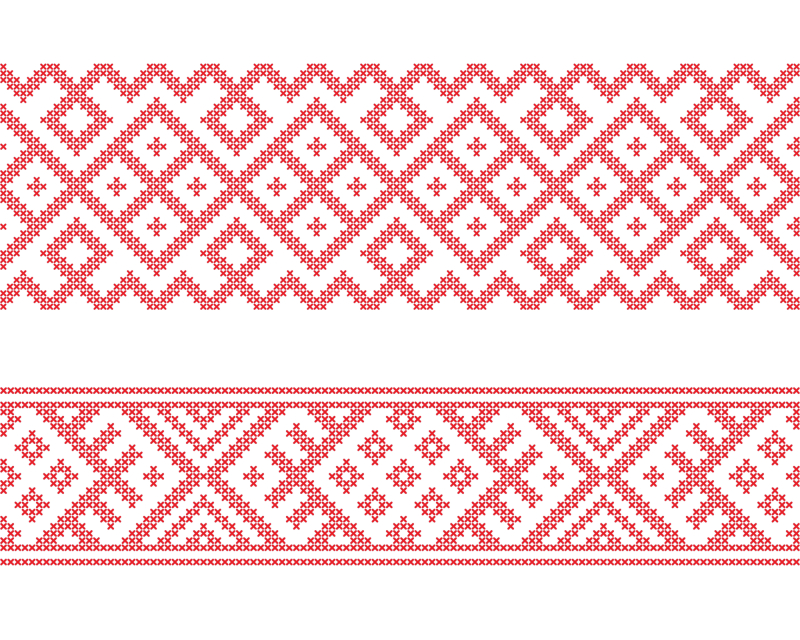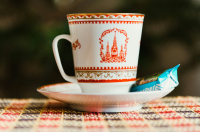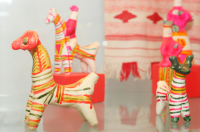The sown field (засеянное поле)
This archaic symbol – a rhombus divided into four sections with dots in each of them – is associated with the idea of fruitfulness. The dots represent seeds, and the squares – parts of a field. According to one of the most prominent researchers of ancient Slavic culture, Boris Rybakov, this symbol dates back to Eneolithic times, when the idea of the four cardinal directions first appeared, as represented in the sown field symbol.
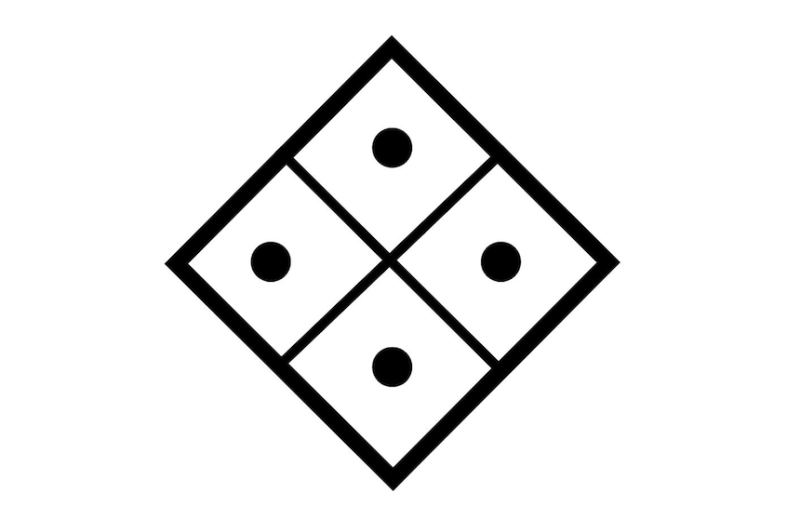
All three symbols discussed in this article have many variations – we’re sharing just one of each. Picture courtesy of the author
Much later, in the 19th century, the ethnographer Vladimir Bogdanov witnessed a ritual in Belarus: on the spot where a new house was supposed to be built, its owner drew this symbol and carried four stones from four fields to place in the middle of each sector of the rhombus. This means that, amazingly, after all the centuries that went by, the meaning behind the symbol was still preserved.
The sown field pattern was also often used as a sign of another kind of “fruitfulness” – fertility, which is why it was often placed on the wedding clothes of the bride.
Solar symbols
Oftentimes, these kinds of symbols were turned into a complex pattern, which not only represented the sun, but also its movement across the sky throughout the day. Thus, the ornament stood for the flow of time, its cyclical nature, and, possibly, the world itself (an archaic word for which in Russian is свет – also meaning “light”).
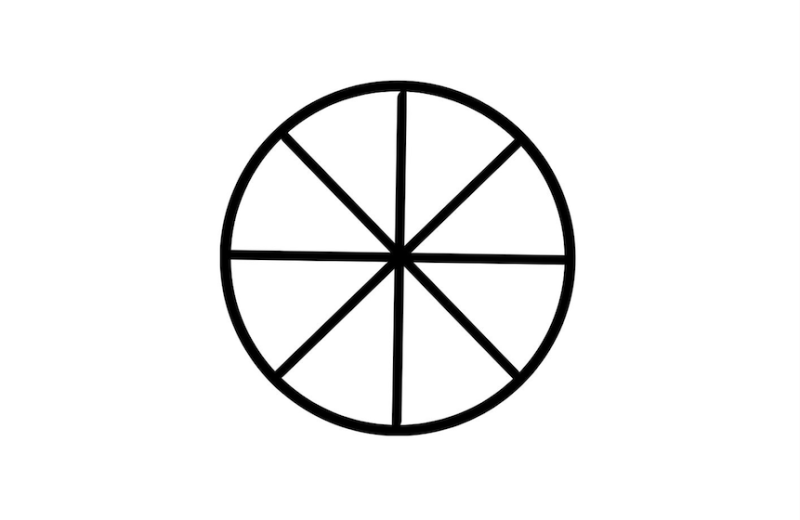
Picture courtesy of the author
Moreover, you can often see the depiction of the night sun – the one that shines underground, in the other world. It looks similar to the usual sun, but is placed on the lower part of an object. For example, you can see it on this spinning wheel.
The thunder wheel (громовой знак)
The thunder wheel can often be found at the top of a house, as it was used to be a symbolic lightning rod of sorts – it had the power to protect. It was also closely associated with the sky, the thunder, and the lightning (the attributes of the ancient pagan god Perun).
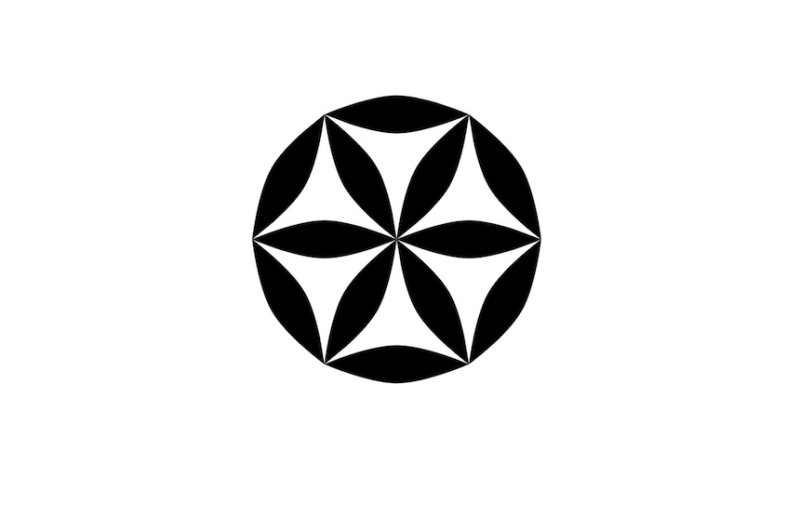
Picture courtesy of the author
But why did it look that way? In his work Paganism of the Ancient Slavs (Язычество древних славян), Boris Rybakov suggests two explanations: firstly, it might represent a snowflake, which always has six axes, just like the thunder wheel, and comes from the sky. Secondly, it might be associated with ball lightning, since both are round and the six “petals” represent the lightning’s vibration.
Today we’ve talked about just a few examples, but there is much more to uncover. In the meantime, you can discover the symbols and mesmerizing patterns used by Russia’s indigenous peoples.
